calsfoundation@cals.org
Ashdown (Little River County)
| Latitude and Longitude: | 33º40’27″N 094º07’52″W |
| Elevation: | 327 feet |
| Area: | 7.14 square miles (2020 Census) |
| Population: | 4,261 (2020 Census) |
| Incorporation Date: | June 11, 1892 |
Historical Population as per the U.S. Census:
|
1810 |
1820 |
1830 |
1840 |
1850 |
1860 |
1870 |
1880 |
1890 |
1900 |
|
– |
– |
– |
– |
– |
– |
– |
– |
– |
400 |
|
1910 |
1920 |
1930 |
1940 |
1950 |
1960 |
1970 |
1980 |
1990 |
2000 |
|
1,247 |
2,052 |
1,607 |
2,332 |
2,738 |
2,725 |
3,522 |
4,218 |
5,150 |
4,781 |
|
2010 |
2020 |
|
|
|
|
|
|
|
|
|
4,723 |
4,261 |
|
|
|
|
|
|
|
|
Ashdown is located in the far southwestern corner of Arkansas, about nineteen miles north of Texarkana (Miller County). The town lies among rich, fertile land, ideal for growing cotton, soybeans, rice, corn, wheat, and other crops. However, its greatest industry is timber. Ashdown is a part of Little River County, which was carved out of parts of Sevier and Hempstead counties in 1867. An election held in 1906 moved the county seat from Foreman (Little River County) to Ashdown. A new courthouse was built in Ashdown in 1907. Through the years, this courthouse has undergone many renovations and restorations. It was placed on the National Register of Historic Places in 1976. During the Christmas season, the courthouse is covered with thousands of lights.
Post Reconstruction through the Gilded Age
Ashdown grew from a small agricultural community, first known as Turkey Flats, then Keller, and finally Ashdown on June 11, 1892, when it was incorporated as a town. It was named by Judge Lawrence Alexander Byrne, who owned several sawmills in the area and who reportedly, following a fire at his Keller mill, stated that, though his mill had “burned down to ashes,” he was going to found a town there named Ashdown. The town began to develop quickly with the coming of the railroad. In 1895, the Arkansas and Choctaw Railroad from Ashdown to Arkinda (Little River County) was built. The emergence of the Kansas City Southern Railroad, the St. Louis/San Francisco Railroad, and the Memphis/Dallas and Gulf Railroad created much rapid growth for Ashdown. Railroads gave much-needed relief to persons transporting goods, which had previously been transported by way of ferries, steamboats, and flatboats. In the late 1890s, passenger and transport trains opened many markets and business opportunities for residents of Ashdown. Companies such as Koffman Seed Store could now ship seeds all over the world.
Early Twentieth Century
In its formative years, Ashdown had its share of floods (especially the Flood of 1927), fires, tornadoes, and even bank robberies, and the early settlers experienced untold hardships as they tamed Ashdown’s wild country. Some of their businesses included saloons, sawmills, cotton gins, general mercantile stores, feed stores, and various grocery stores. In Ashdown’s early years, the streets were unpaved, and many sidewalks were made of wood. The old Index Bridge was built over the Red River in 1919 and was used until 1980, when a modern replacement was constructed.
Doc McClain was lynched in Ashdown on May 13, 1910.
Around 1912, after the railroads came to Ashdown, citizens had electricity, telephone service, and natural gas services for their homes. Making weapons and other necessary equipment for soldiers at war, many women from Ashdown aided the American effort in World War I by taking jobs at the Red River Army Depot and Lone Star Ammunition Plant in nearby Texas. Women at home with children contributed to the war effort by making bandages for the wounded soldiers.
During the Great Depression, wages decreased and unemployment increased. Many farmers were forced to sell their property during the 1930s, yet land could be bought very cheaply, which allowed for population growth.
World War II through the Modern Era
Ashdown is located between two rivers—the Little River, north of Wilton (Little River County), and the Red River, south of Ashdown. Because of its location, Ashdown was a good place for industry, and by 1950, manufacturing plants began to change the economy. Much earlier in Ashdown’s development, there had been a Coca-Cola bottling plant, an ice plant, a pallet plant, a garment plant, a box factory, and many other small businesses that no longer exist.
The development of Millwood Lake in 1966 was a major boost to Ashdown’s industrial growth. Nekoosa Paper Mill was built in Ashdown in 1968, primarily because of Ashdown’s accessibility to two rivers and Millwood Lake. The mill was sold to Georgia-Pacific Industries in 1991 and sold again to Domtar Industries in 2001. Presently, Ashdown is known for its timber industry, and Domtar Industries is a major employer there.
After the paper mill came to Ashdown, many citizens began to prosper. The town began numerous building projects, including medical facilities. In 1958, the Little River Memorial Hospital was built. Ashdown now has two nursing homes, one retirement lodge, a senior citizen center, and a library. A Walmart Supercenter replaced a smaller Walmart Inc. store there, and Ashdown has a molding plant and a chemical plant. The town has new police, ambulance, and fire stations.
Ashdown has many churches and civic organizations, one of which is a very strong historical society, the Little River County Historical Society.
April 18, 2007, marked 100 years from the day the Little River Courthouse was built in 1907. The citizens of Ashdown, as well as those throughout Little River County, came together on the courthouse grounds to celebrate, with Governor Mike Beebe as the guest speaker.
Attractions
Ashdown has two museums: the Two Rivers Museum and the Hunter/Coulter Museum. Many tourists enjoy Millwood Lake and Millwood State Park, known for their trophy fishing contests, camping sites, and sports facilities, such as a country club, golf course, and swimming pool.
Education
The first school building for white children was built in 1903, though classes had been meeting since 1891 in a building owned by Alex Bishop. In 1914, the existing school building was moved from Burke Street to Park Avenue to provide space for a new brick school building, built in 1915 by Henry Westbrook. It was torn down in 1964 to erect the present L. F. Henderson Intermediate School on Burke Street. In 1954, a new brick high school was built. It is now being replaced by a modern seven-million-dollar facility called Ashdown High School.
The first school for black children was built in 1899. Eventually, the Rosenwald School was built. In the 1940s, the Ashdown School District consolidated the Rosenwald School, and it became part of Ashdown School District 31. The Rosenwald School became the Little River Training School, and N. M. Brown became its new principal, serving for thirty-eight years. After the building burned, the Ashdown School District rebuilt the school and called it N. M. Brown Elementary School. This school burned in 1979, and the district built another school on the east end of Ashdown and called it Ashdown Junior High School. After a very smooth integration of black and white students, all high school students attended the high school on Rankin Street.
Ashdown is also home to a local branch of the Cossatot Community College of the University of Arkansas, established in the 1990s.
For additional information:
Ashdown, Arkansas. http://www.ashdownarkansas.org/ (accessed January 26, 2023).
Beasley, Bill. Little River County. Ashdown, AR: Little River County Historical Society, 1975.
Choate, Wynell, et al. A History of Ashdown, Arkansas. Marceline, MO: Heritage House Publishing, 2006.
Martha P. Trusley
Ashdown, Arkansas
 African-American Band
African-American Band  Ashdown Depot
Ashdown Depot 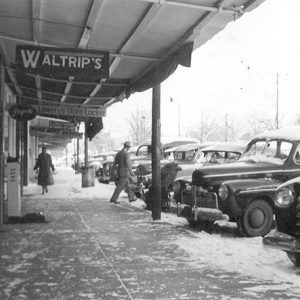 Ashdown's Main Street
Ashdown's Main Street 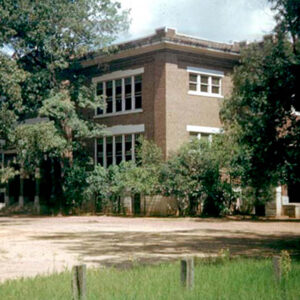 Ashdown Grade School
Ashdown Grade School 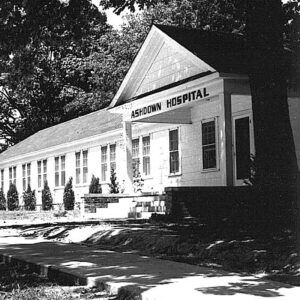 Ashdown Hospital
Ashdown Hospital 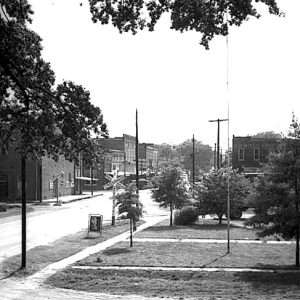 Ashdown Street Scene
Ashdown Street Scene 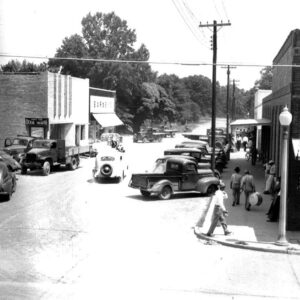 Ashdown Street Scene
Ashdown Street Scene 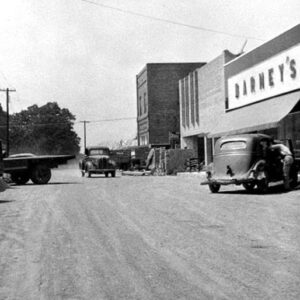 Ashdown Street Scene
Ashdown Street Scene 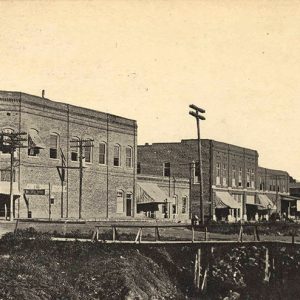 Ashdown Street Scene
Ashdown Street Scene 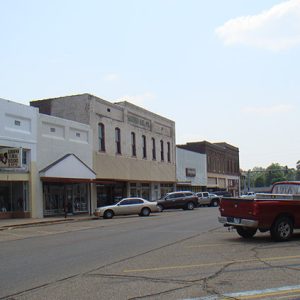 Ashdown Street Scene
Ashdown Street Scene 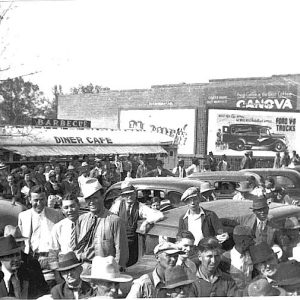 Ashdown Street Scene
Ashdown Street Scene 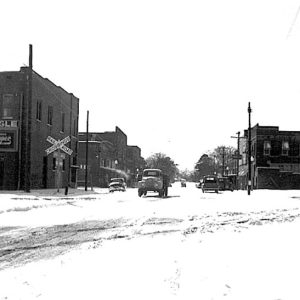 Ashdown Street Scene
Ashdown Street Scene 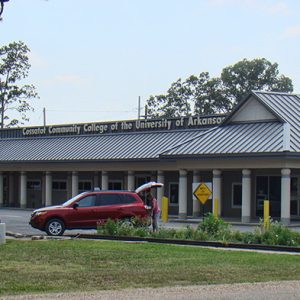 CCCUA Campus
CCCUA Campus  Little River County Courthouse
Little River County Courthouse 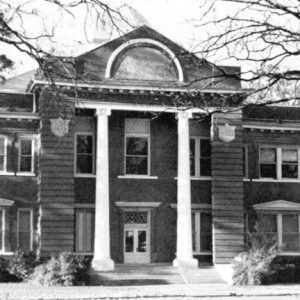 Little River County Courthouse
Little River County Courthouse 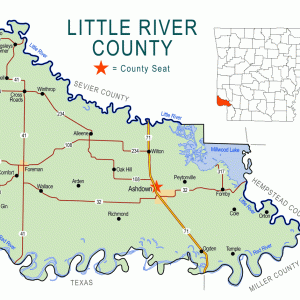 Little River County Map
Little River County Map 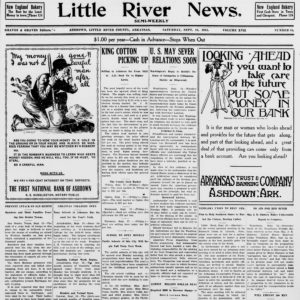 Little River News
Little River News 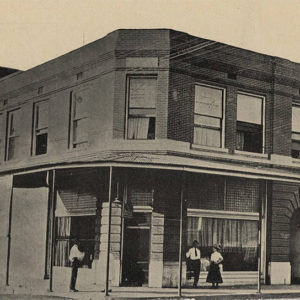 Lott Building
Lott Building 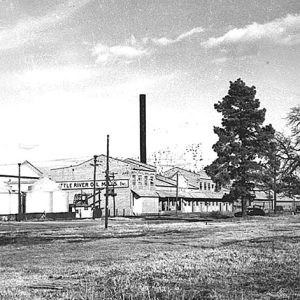 Oil Mill
Oil Mill 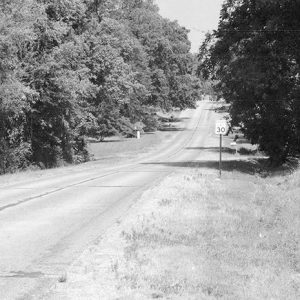 Old U.S. Highway 71—Ashdown
Old U.S. Highway 71—Ashdown 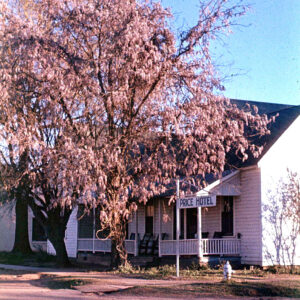 Price Hotel
Price Hotel 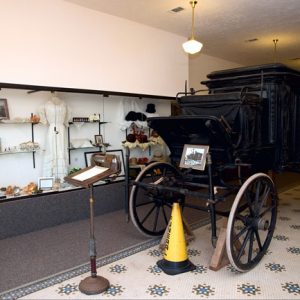 Two Rivers Museum
Two Rivers Museum 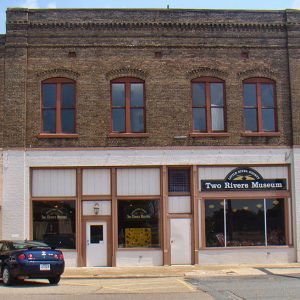 Two Rivers Museum
Two Rivers Museum 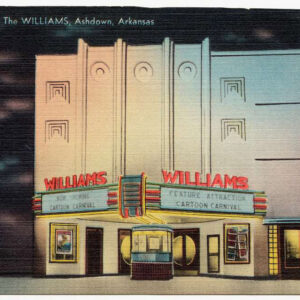 Williams Theater
Williams Theater 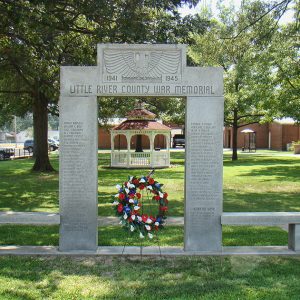 World War II Memorial, Ashdown
World War II Memorial, Ashdown 




My family moved to Ashdown in 1962, with the building of Millwood Dam. We stayed there until 1973, when we moved back to Oklahoma. I can honestly say that when I think back to my childhood, Ashdown will always be “home.” And, since my sister purchased our childhood home back, I really can say I am going home when I go to visit.
Ashdown has never grown. It’s still a one-look small town with nothing in it. There are places and buildings that need to be taken down. All it has is a new jail, restaurants, Walmart, a band-aid hospital, a doctor’s office, two funeral homes, and graveyards. And a Chevy dealer whose prices are outrageous. These old houses need to be taken down; the white house by the daycare and another one is at the old bus stop (the two-story house). We have one drugstore and two banks and two EZ Marts. I have been here since I was fifteen, and yet nothing. Maybe one day Ashdown will change their name and grow.